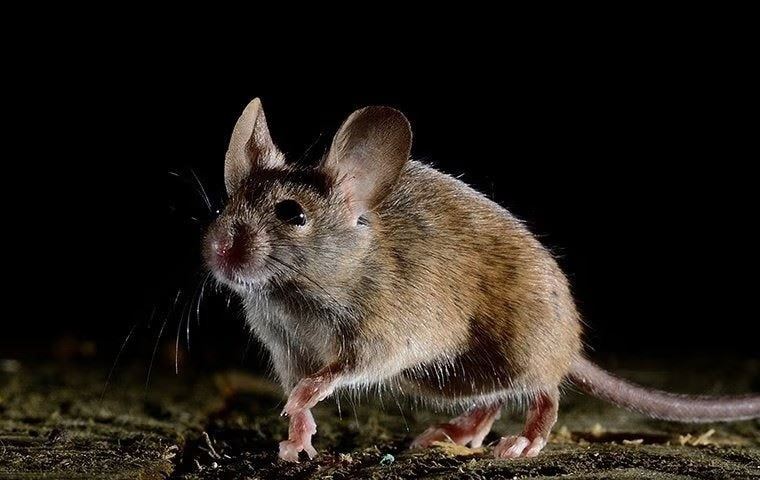
House Mice
Get started with a free, no obligation quote!
House Mice Identification & Prevention
The most common small rodents found within structures, particularly in fall and winter.
Description

House mice are the most common rodents encountered in the United States and are worldwide in distribution. Rodentologists (people who study rodents) consider the house mouse a mammalian weed and claim it is the second most successful mammal on earth, only behind humans. House mice are small, secretive mammals that often live unbeknownst to humans until their droppings (feces) appear in out-of-the-way places such as cabinets, behind appliances, and dark, shadowy corners.
Biology and Behavior
- These are small, usually gray rodents between 2.5 and 3.75 inches long and weigh between 0.5 and 1.0 ounces.
- They deposit thousands of micro-droplets of urine and 50 to 75 droppings (feces) per day.
- They have a three-week pregnancy period with an average of five offspring per litter.
- Female mice can produce 6 to 10 litters in a lifetime.
- They prefer grains, seeds, and insects as food sources but will consume almost any food.
- They consume 1/10 of an ounce of food per day.
- House mice tend to nibble on objects, including electrical wires, which can result in fires.
- They can squeeze through cracks and gaps that are 3/8 of an inch in diameter.
- Most mice live less than one year.

What's the Action Advantage?
Find Out What Makes Us Different!
-
Environmentally-Friendly Products Available
-
After-Hours Answering Service Available
-
70+ Certified Pest Management Professionals
-
Trusted by the Community Since 1946